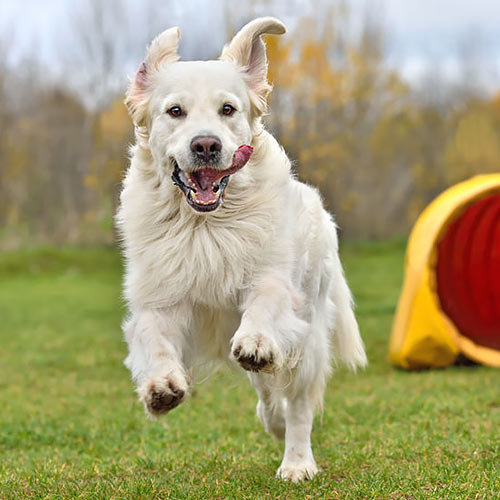Most people who buy a puppy in hopes of him/her someday becoming a family protector usually do so for one of two reasons. Number one: buying a puppy is less expensive than buying a fully trained dog. Number two: they want a pup/dog who will grow up around their family and therefore bond better with them, i.e. the better the bond the better the protector.
You can do it – if you’re willing to invest multiplied hours into your pup’s life/training and have the foundational knowledge to take him/her from an 8 week old pup to a finished protection dog. Frankly, most people don’t possess sufficiency in either (even by those who think they do). It is a very challenging and sometimes risky endeavor. Some develop a dog who can bite like a shark but won’t obey when given a command. Now they have a neighborhood liability trap just waiting to spring (by the way, these are ones who usually make the headlines on the evening news). Then there are those who have a dog that will obey but wouldn’t know what to do if their owner is assaulted.
Protection work seldom “just happens.” Sometimes it is much like a person buying 2 x 4’s and nails and expecting the house to build itself. We all know it takes skill, knowledge, and patience to see the house brought to completion. So it is with a protection dog. Protection puppy training requires all three components.
Like with a building project – plan ahead. Buying a puppy for future protection work takes much forethought. What breed? What bloodline? Always keep in mind that owning a German Shepherd doesn’t automatically mean you have a protection dog. The same can be said of the other protection breeds as well. When picking a pup, you must choose one from a bloodline that has proven it can do the job. The pup must have the genetic background in order to possess the drives necessary to perform his duty. Then individual dogs must be weeded out – even litters from the best lines produce inferior dogs, although the frequency is decreased.
Socialization is a must! See our blog article on the subject, multiply it by at least ten, and get to work! This pup must become familiar with much more than you ever expect him to encounter while on the job as your protector. A failure here produces disappointment in the future. Time invested in socialization will reap rich rewards.
Keep in mind there are many differences between raising a pet and a future protection dog. Biting is not tolerated by pets; it’s actually encouraged in protection prospects (in a controlled setting, of course). Early usage of fair compulsion in training is sometimes helpful in pets but usually detrimental to young protection pups. You usually try to tone down a high-wired pet; you pump up a protection dog. In actuality, you have to think entirely different when raising a protection prospect. For the unknowing individual, this can produce behavioral problems in the improperly trained pup/dog.
By far, the best way to acquire your protection dog is to purchase a young adult or adult dog. In doing so, you will know the temperamental stability of the dog (which changes little after around 12 months old). The dog will have been through one, if not two, fear imprint periods, so you know your new dog isn’t afraid of spooks, or a man wearing sunglasses, etc. Yes, it will cost more up front but your chances of getting the protection dog you want increases significantly. If you’re buying from someone who knows what they’re doing, they will have taken your dog through the socialization, drive development, obedience work, bite work, and all the necessary training (untold hours) to produce a solid protection dog. And he/she will still be young enough to develop a strong bond with your family.
If you are still interested in raising your own protection pup, see our article entitled “Training Protection Puppies” for some helpful guidelines. Those who have purchased a working pup from us know we’ll help you as much as possible. But … the real job is yours :).

